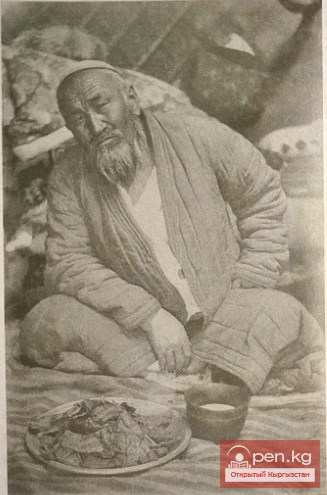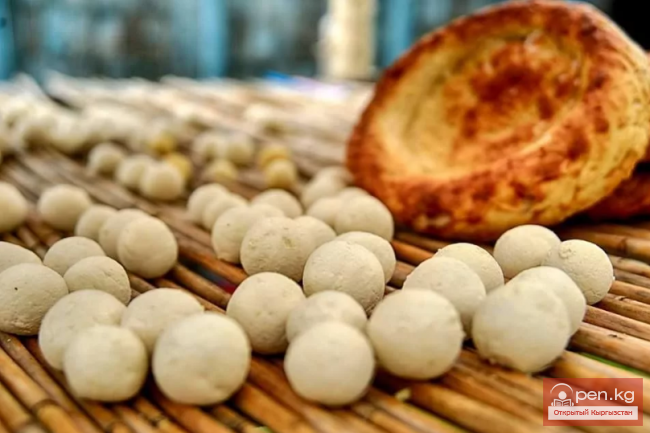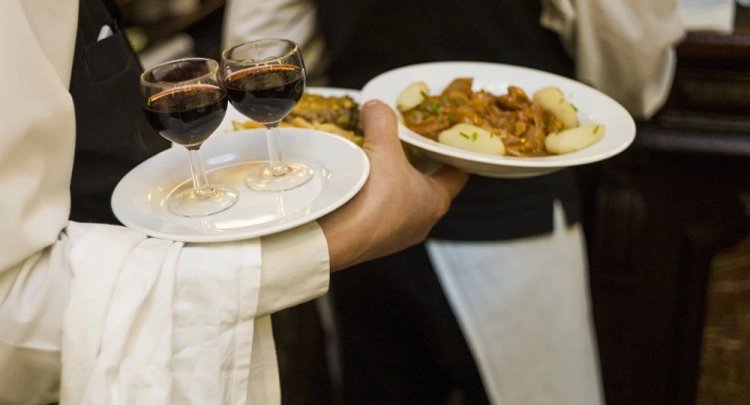
The food culture of the Kyrgyz has a deep history. The formation of its main ethno-cultural features occurred in parallel with the development of the entire culture of the Kyrgyz people over several millennia and is closely linked to the general processes of the establishment and development of the nomadic civilization of Eurasia.
The traditional food system of the Kyrgyz represents a variant of the general Turkic-Mongolian food system based on the economic and cultural type of nomadic animal husbandry in mountain-steppe zones. The main food base consisted of livestock products - meat, milk, as well as additional hunting resources.
The daily meals of families in the Osh region mainly include dishes characteristic of the traditional Kyrgyz and partly Uzbek food systems. These are various dishes made from fresh meat - shorpo, plov, noodles (kesme), lagman, manti, oromo, mastava, and others. Dishes from Russian-Ukrainian cuisine, which have entered the daily meals of families in the Issyk-Kul region, have not yet become widespread among southern families. The daily meals of families in the Naryn region mainly include the same dishes characteristic of the food ration of families from the first two regions. However, here, meat dishes with the addition of noodles (kesme), kulchatay, beshbarmak, as well as shorpo (a soup made from meat, potatoes with the addition of vegetables and tomato), lagman, manti, and oromo are more prevalent. Here, as in families from the southern region, dishes from Russian-Ukrainian cuisine, with the exception of borscht, have not become widespread. Plov, which is so characteristic of the meals of southern families, is also rarely prepared in daily meals.
The guest meal is a central element of the universal ethnic culture shared by all peoples and an institution of hospitality. The latter, being one of the main cultural values of human civilization, has had a tremendous influence on the formation of a common culture among people and groups. Many aspects of the hospitality institution, particularly the status of the guest, the etiquette of their service, the specifics of the guest meal composition, etc., have been illuminated by customary law norms or existed as customs established by the very course of ethnic processes. The guest meal in the food system of the Kyrgyz is fundamentally different from daily meals in terms of the nature of the products, the quantity and quality of prepared dishes, as well as their prestigious and semantic (meaningful) content. Field materials collected by the author over several years indicate that the guest meal within the family has undergone significant changes due to new socio-cultural factors.













































